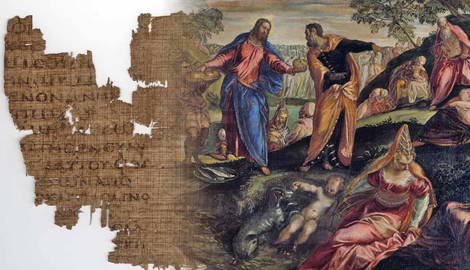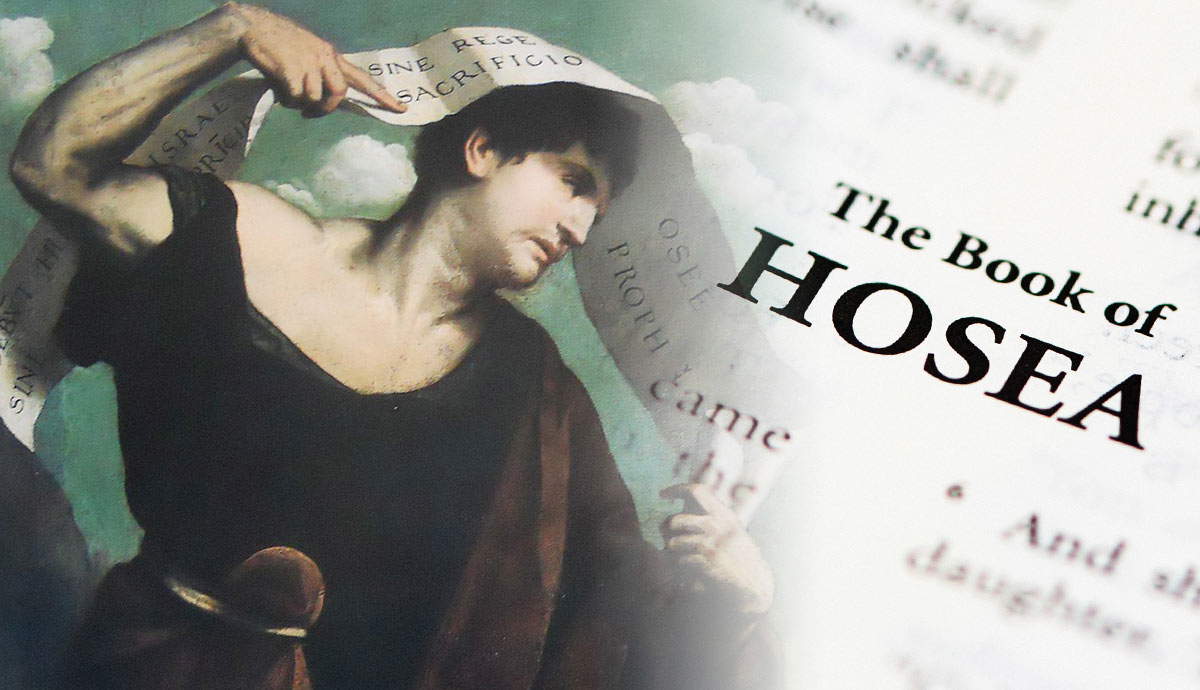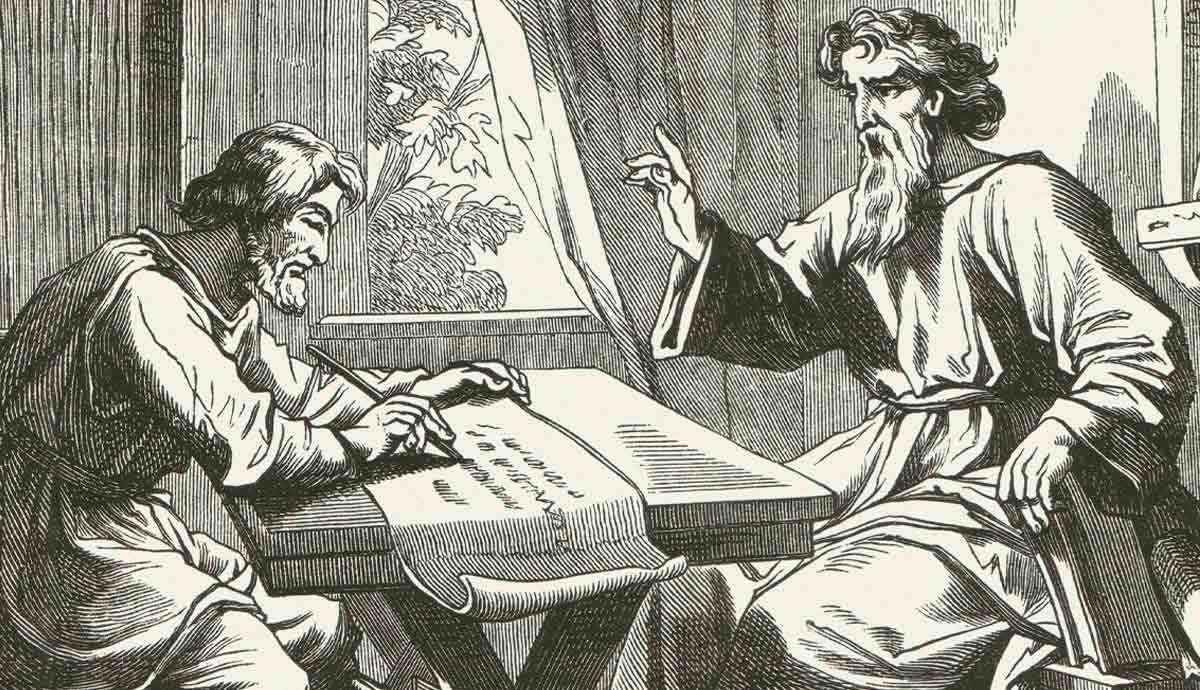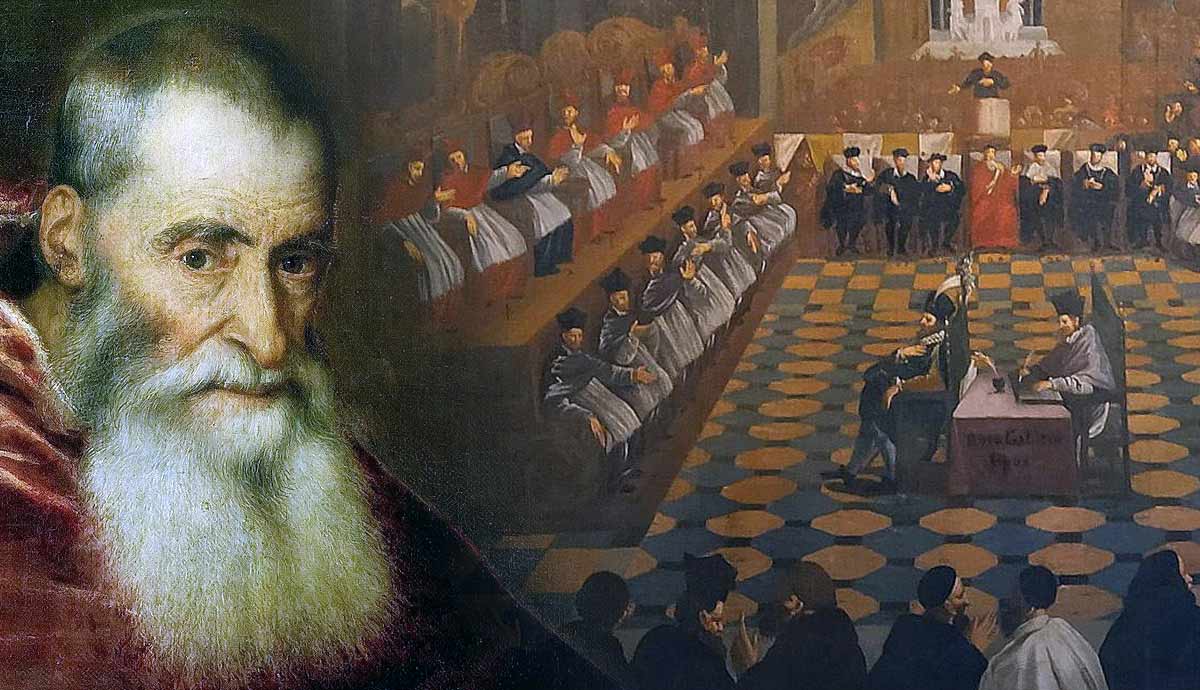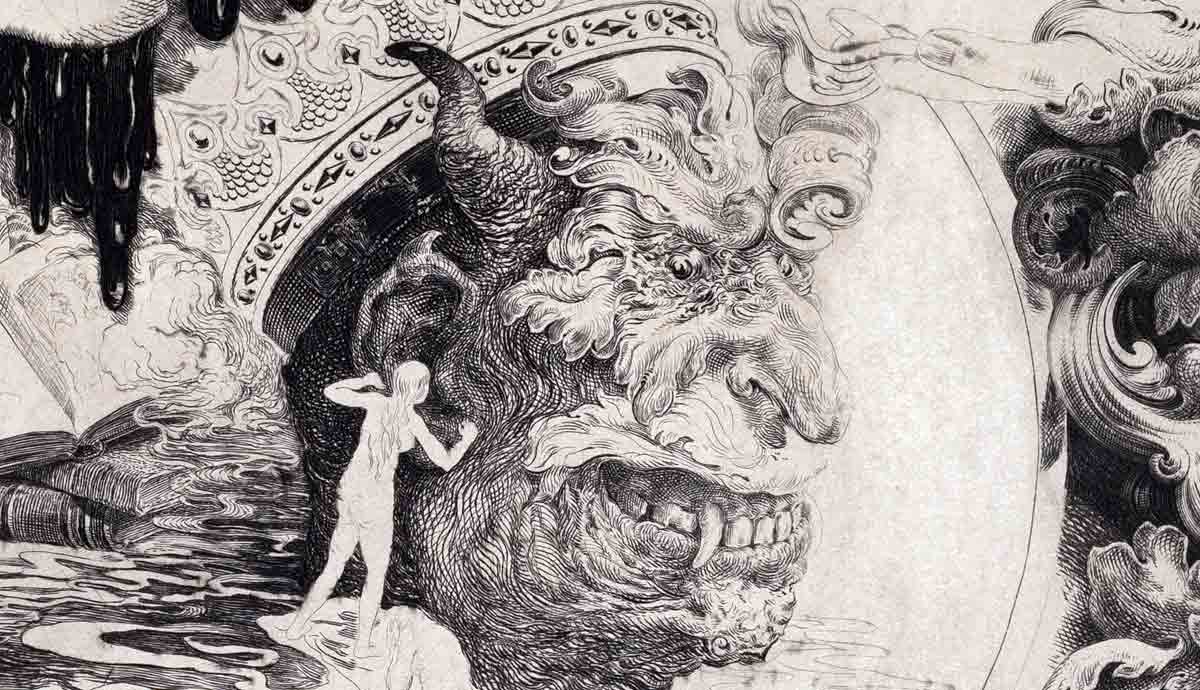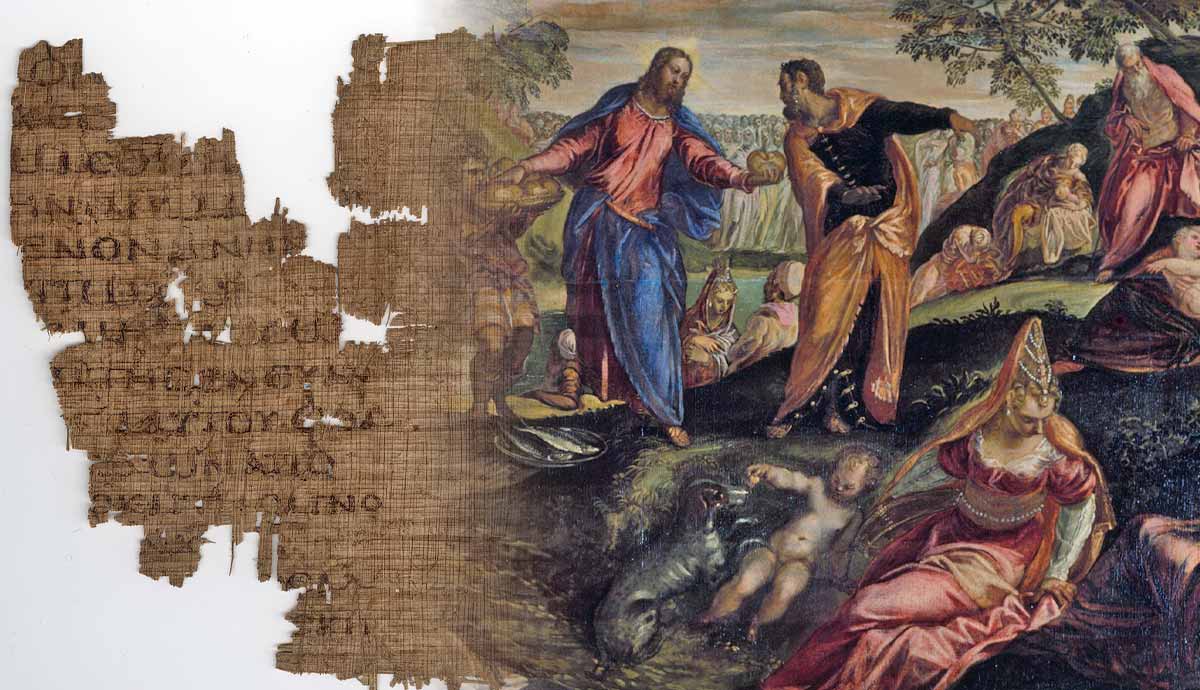
Second Corinthians is the third, or possibly the fourth letter Paul wrote to the Corinthians. In First Corinthians 5:9, he states: “I wrote to you in my letter not to associate with sexually immoral people.” First Corinthians was, therefore, the second letter Paul wrote to this church. No known copies of the first letter exist and so it has not become part of the Biblical canon. Second Corinthians 2:3-4 and 7:8 refer to a letter that caused tears and grief, which likely was neither the first letter nor First Corinthians. There could have been another letter sent to the Corinthians by Paul between First and Second Corinthians. Second Corinthians, to a large extent, deals with the apostleship of Paul.
Authorship and Date

Second Corinthians is not a disputed Pauline Epistle. Scholars generally acknowledge Paul as the authentic author, though they differ on whether this letter is a compilation of two letters or constitutes a single communique. Supposedly, Second Corinthians 1-9 was one letter, and 10-13 another. There are various theories on when these letters were written and compiled.
Evidence suggests Paul wrote Second Corinthians in Macedonia around 55 or 56 CE, approximately one year after First Corinthians. It is not clear if he wrote from Philippi or Thessalonica.
Historical Context

The general historical context of Second Corinthians is the same as that of First Corinthians. One can glean from this letter that the specific context involved a challenge to Paul’s apostleship. It seems that, like with the Galatian church, some agitators in Corinth started to undermine Paul’s authority. They did so by questioning his apostleship. It prompted Paul to write to them in his own defense.
Paul refers to his “painful visit” (Second Corinthians 2:1), which indicates he followed up his previous epistle with a personal visit and likely found that many did not heed his warnings and instructions. It caused him to write an epistle in tears and anguish to those he hoped to reconcile with. His care and love for this faith community is evident in the letter.
Structure

Salutation (Second Corinthians 1:1-4)
Each letter in the Pauline corpus always starts with Paul identifying himself as the sender and mentioning any co-workers that may have been with him at the time of writing. Second Corinthians is no different. Paul acknowledges that Timothy was with him when he wrote the letter. He then offers a prayer as per usual.
Reconciliation with the Corinthians (Second Corinthians 5:11)
Paul visited Corinth, and he describes the experience as painful. It was likely due to many of the Corinthians rejecting his leadership since the primary focus of this letter is the challenge to his apostleship and his defense of his ministry. Paul seeks to reconcile with the believers in this section of the letter and shows genuine care for the well-being of the faith community there.
Assistance to the Christians in Jerusalem (Second Corinthians 8)
The Jewish Christians in Jerusalem became poor due to a famine that struck the region. Paul asked the mostly converted Gentile churches he established in Asia and the West to assist. Though most responded, the Corinthians did not. Paul interpreted this omission as a lack of insight into the gospel and admonished them to do their bit to help their brothers in Christ.

A rebuke to the rebellious super-apostles in Corinth (Second Corinthians 10-13)
Paul challenged the super-apostles who were after status, by detailing his credentials. He emphasized that though he had reason and credentials to boast about, he did not, instead he took the form of a servant to them just as Jesus did. He emphasized that he would rather boast about his weakness to glorify God more because the power of God manifests through him and becomes stronger in his weakness (Second Corinthians 2:9-10).
Paul warns the Corinthians to check themselves because their actions show they lack a fundamental understanding of the gospel message. He asks them to humble themselves again.
Greeting (Second Corinthians 13:11)
He also calls for the restoration of the Corinthian church that experienced division due to leadership contention. He calls on them to live in peace with one another. Paul greets the Corinthians with his traditional blessing of grace and peace.
Main Themes

Reconciliation and defense of Paul’s ministry
Paul wanted to reconcile with the Corinthians after his “painful visit.” Some in Corinth rejected Paul and his ministry in favor of other, richer, and more eloquent preachers who seemed to uphold the status of Corinthian society better. Opponents of Paul claimed that his suffering indicated that he was not a Spirit-filled apostle of Christ. Paul pointed out that his very suffering reflects the ministry of Christ. He argues that it is the means through which God reveals his glory. Rejecting Paul on that basis would imply rejecting Christ as well. Due to the personal attacks on Paul and his defense against the onslaught, Second Corinthians is the most personal of the Pauline Epistles.
Supporting the needy
Due to a famine in Judea, the Christian community in Jerusalem suffered, fell into poverty, and needed assistance. Though other churches did their part, the Corinthians omitted to do theirs. Paul explained the gospel using financial metaphors to strike at the heart of the Corinthians, hoping to change their attitudes toward needy Christians and providing insight into the character of Christ (Second Corinthians 8:9-11).
Being humble and serving
Paul saw that the Corinthian “super-apostles” (Second Corinthians 12:11) were all about status and self-glorification. He showed that in learning, experience, and efficacy of ministry, he outmatched them, yet he chose to remain humble and consider himself no more than a servant. Paul’s call for reconciliation and peace among the members of the local faith community is noteworthy and shows his love for the church he founded.
Key Passages

Here are some key passages from Second Corinthians:
Second Corinthians 5:20-21
“Therefore, we are ambassadors for Christ, God making his appeal through us. We implore you on behalf of Christ, to be reconciled to God. For our sake he made him to be sin who knew no sin, so that in him we might become the righteousness of God.”
Second Corinthians 8:9
“For you know the grace of our Lord Jesus Christ, that though he was rich, yet for your sake he became poor so that you by his poverty might become rich.”
Paul uses financial terms to present the gospel to the Corinthians. In context, he aims to show them their obligation, in imitation of Christ, to assist the suffering Christians in Jerusalem. Applied to Christ, “rich” refers to him being divine and immortal. He became a mortal man (poor) so that humans, who are poor (mortal), could become rich (receive immortality).
Second Corinthians 12:8-9
“Three times I pleaded with the Lord about this, that it should leave me. But he said to me, ‘My grace is sufficient for you, for my power is made perfect in weakness.’ Therefore I will boast all the more gladly of my weaknesses, so that the power of Christ may rest upon me. For the sake of Christ, then, I am content with weaknesses, insults, hardships, persecutions, and calamities. For when I am weak, then I am strong.”
This passage teaches the principle that Christ can work powerfully through the believer who is humble and does not boast about him or herself. It also speaks to the fact that some challenges we face, whether physical or not, sometimes serve to remind us of our dependence on Christ. Some scholars have theorized that the physical challenge Paul faced, which he calls the thorn in his flesh, had to do with his vision. He may have had a visual impairment that necessitated a secretary to write some of his epistles.
Contemporary Relevance

In many churches today, a misconception exists that the Christian will always prosper and seldom, if ever, face challenges. Second Corinthians 2 dispels this idea. The challenges Paul faced resonated with many believers today who face similar persecution and suffering to that of Paul. The letter brings encouragement by explaining the perspective believers should have on such situations and it presents an example of how to deal with it.
Second Thessalonians reminds modern-day Christians of their obligation to those who are suffering and need the believers in Jerusalem due to a famine that struck their part of the world. It serves as a rebuke to those who lack empathy and omit to do what Christ has done; to become less so others can prosper.
The importance of humility in today’s world cannot be stressed enough. Contemporary society is often self-centered and self-serving, just like the Corinthians were. The warnings and advice Paul offers on boasting and humility are, therefore, just as relevant today as in his day.
